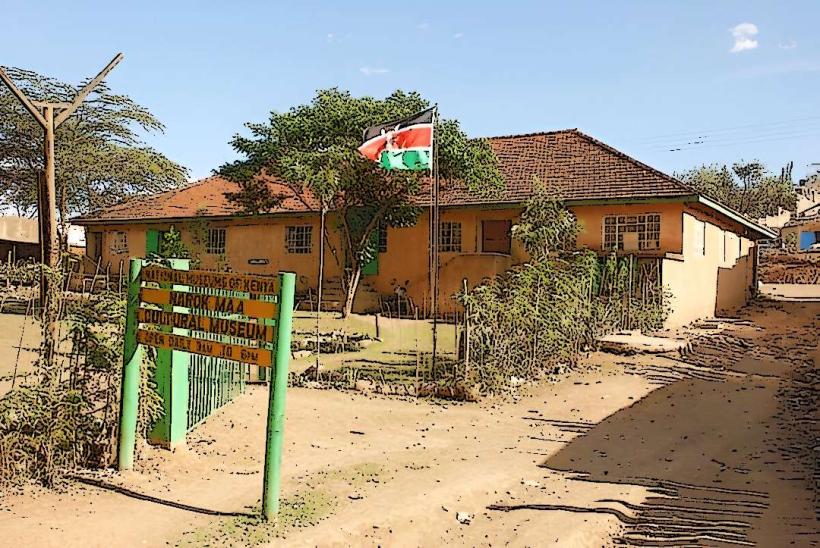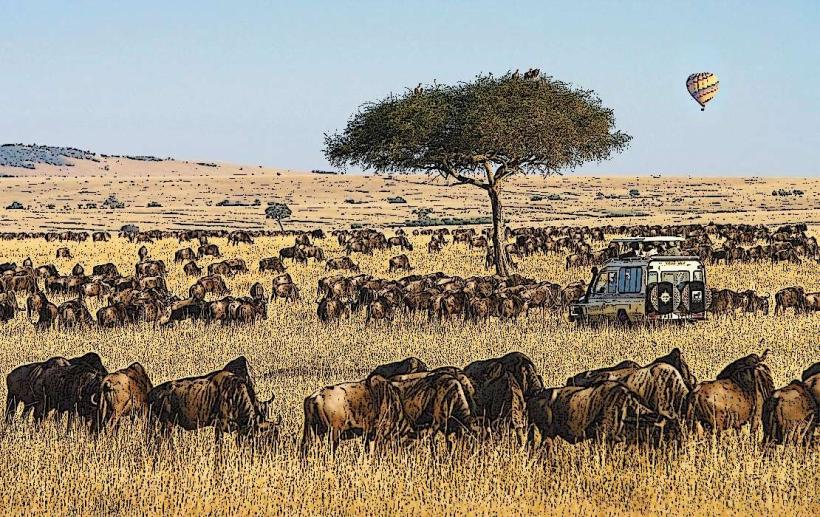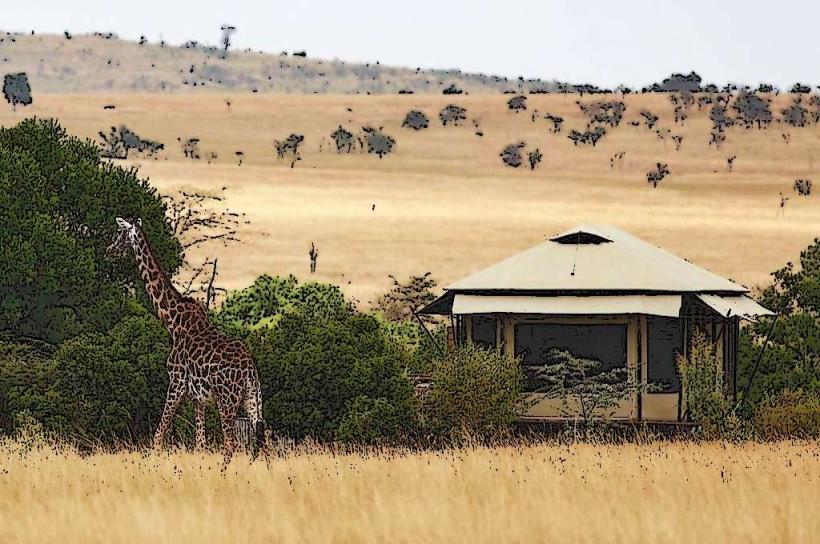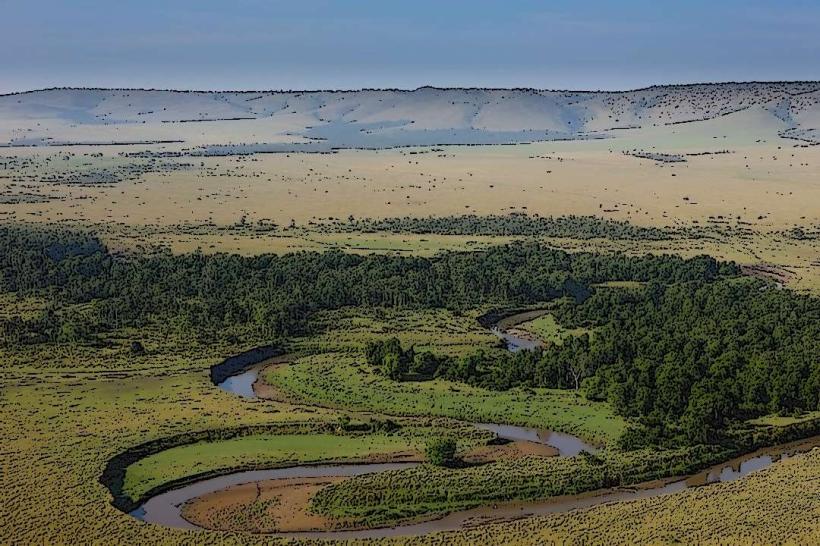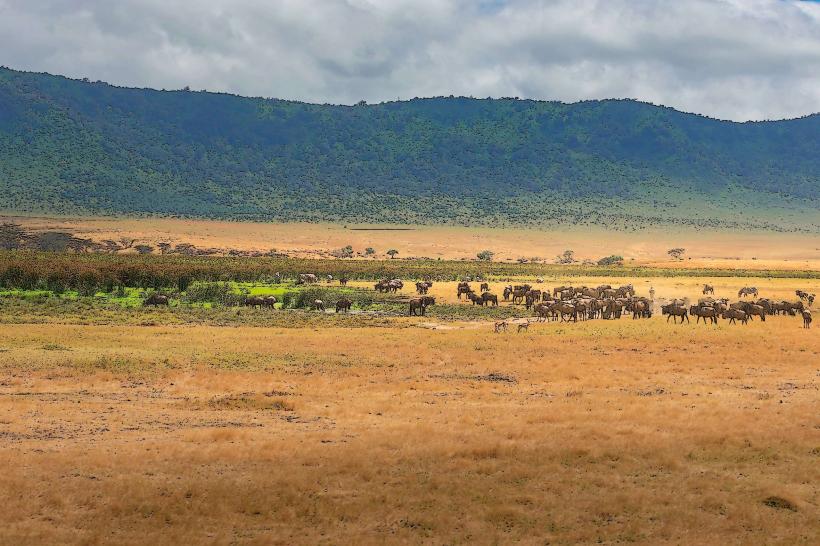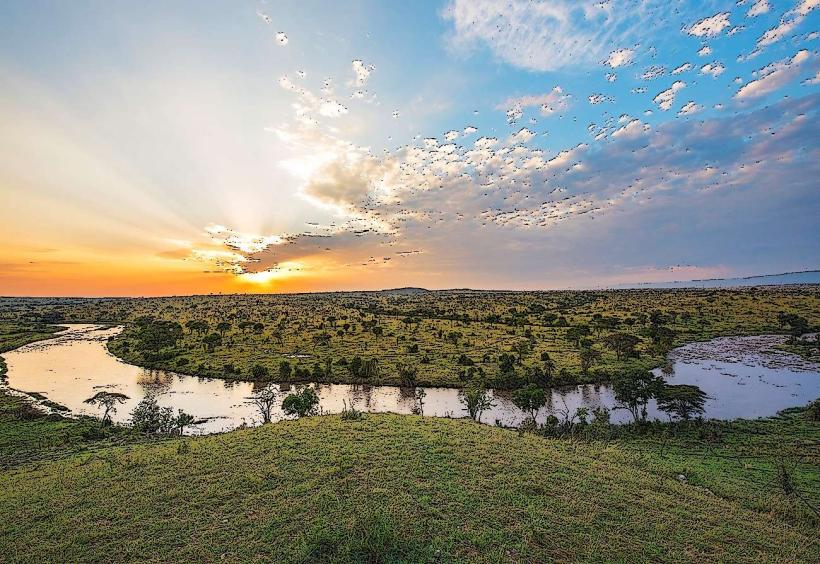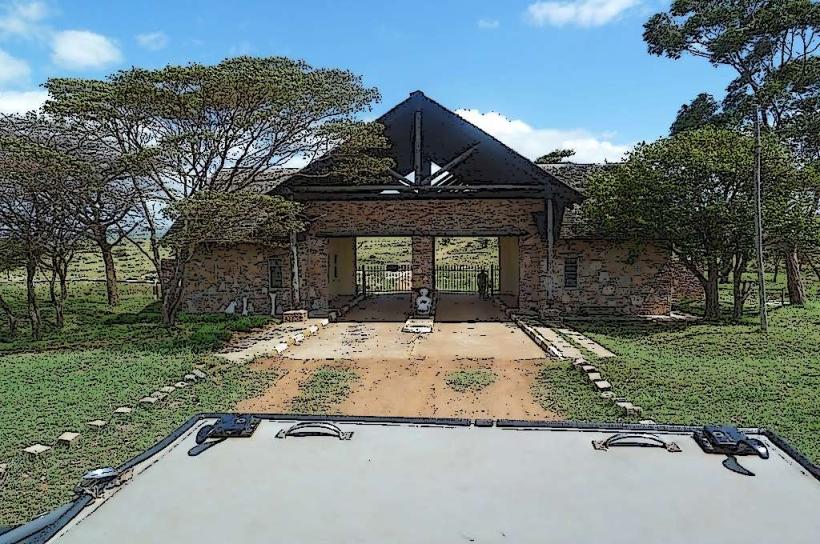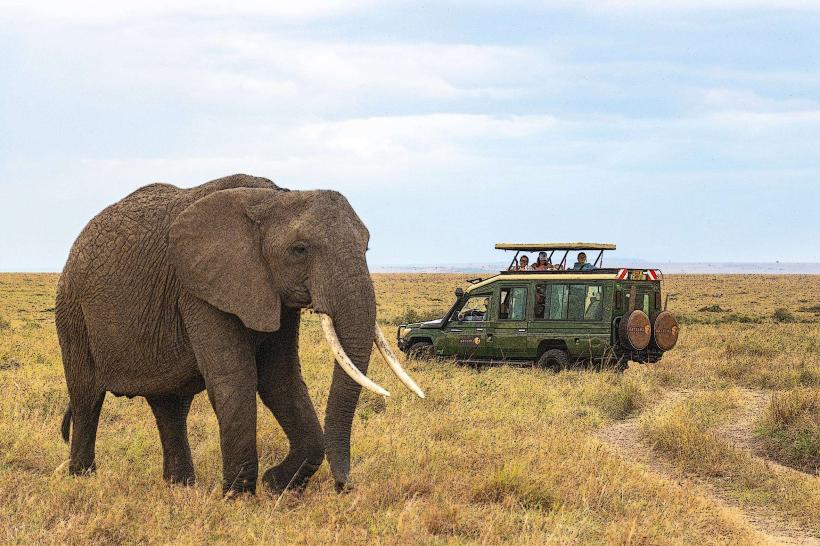Information
City: NarokCountry: Kenya
Continent: Africa
Narok, Kenya, Africa
Overview
Narok sits in Narok County, nestled in Kenya’s sweeping Rift Valley, where dusty roads wind past open grasslands, while it’s the administrative heart of Narok County and a busy hub in the country’s south, where market stalls spill over with fresh maize and luminous fabrics.Narok sits along the Nairobi–Mai Mahiu–Narok Highway, a busy road that links it to Nairobi’s bustling streets and to towns scattered across the Rift Valley and southwestern Kenya, subsequently because it sits just outside the famed Maasai Mara National Reserve and lies close to other pivotal spots, the town hums with cultural life, drives local trade, and draws travelers eager to watch the plains glow at sunset.Narok sits roughly 1,850 meters above sea level-about the height where mornings feel crisp and cool-giving the town a comfortably moderate climate, at the same time around Narok, hills roll gently into wide savannah plains, with patches of forest where the air smells faintly of wild grass.To the west of town stretches the Maasai Mara, a vital wildlife reserve where you might spot giraffes grazing, while the Great Rift Valley unfolds to the east, after that narok’s climate is semi-arid, with clear shifts between the rainy months and the dusty dry season.Temperatures usually hover near 18°C (64°F) in the cooler months, then climb to about 30°C (86°F) when the heat sets in, equally important the long rains roll in between March and May, drumming steadily on tin roofs, while the short rains come from October to December, loosely Each year, the town sees roughly 600 to 800 millimeters of rain-about 24 to 31 inches-enough to keep pastures green and fields ready for planting, on top of that in Narok, the economy runs on agriculture, livestock farming, and tourism, from fields of maize to herds grazing under wide skies.Agriculture: The fertile highlands around Narok, where the soil crumbles rich and gloomy in your hands, are perfect for growing crops, therefore farmers grow maize, beans, potatoes, and a mix of vegetables, from crisp carrots to leafy greens.Up in the cooler, high-altitude slopes, farmers plant rows of tea and coffee, equally important in Narok, farming hinges on the season’s rains, with fields turning green after heavy downpours and dusty when the dry months set in.In Narok, many Maasai pastoralists make their living raising livestock-mostly cattle, sheep, and goats that graze across the wide, dusty plains, at the same time the Maasai depend on their cattle for meals, a steady income, and the pride that comes with a well-fed herd, somewhat Interestingly, Livestock drives much of the region’s economy, and the town bustles as a hub where meat, milk, hides, and wool change hands, and narok is best known for sitting on the doorstep of the Maasai Mara National Reserve, a top tourist draw in Kenya and part of the famed Serengeti, where endless golden plains stretch beneath a wide, wind-swept sky.Every year, the Maasai Mara bursts to life with the Great Migration-wildebeest churning up dust, zebras weaving through the herd, and gazelles leaping-drawing thousands of visitors from around the world, in addition narok is the doorway to the Maasai Mara, where safari jeeps rumble past dusty shopfronts as visitors head out for wildlife sightings and moments with the Maasai community, perhaps Tourism now brings in much of the region’s income, fueling jobs in hotels, bus routes, and guiding visitors through its winding streets, consequently in the Maasai Mara, you’ll find lodges, cozy campsites, and sleek luxury hotels, all welcoming travelers from nearby towns and far-off countries, occasionally Trade and commerce thrive in Narok, which serves as a bustling hub for nearby towns and villages, where fresh produce and handmade goods change hands daily, therefore sitting along the busy road that runs from Nairobi into southwestern Kenya, it’s a destination where pastoralists trade livestock, farmers sell fresh maize, and merchants strike deals.In Narok’s local markets, stalls brim with fresh maize, bleating goats, and goods hauled in from every corner of the region, and according to the latest census, Narok town is home to about 150,000 people, filling its streets with the hum of daily life.Narok County’s population tops 1.1 million, enough to fill a stadium nearly ten times over, in conjunction with most people in the town are Maasai, though you’ll also find smaller groups of Kikuyu, Kalenjin, Luhya, and a handful of other Kenyan communities.The Maasai are celebrated for their vibrant traditions-their radiant red shúkà, lyrical language, and time-honored rituals, while they’re part of Narok’s heartbeat, shaping its identity in the town and the dusty roads that stretch beyond.Actually, The Maasai are famous for their traditional semi‑nomadic way of life, yet today many have put down roots, tending fields of maize and running miniature shops in the community, moreover in Narok, culture hums with life, its music and colors shaped deeply by the Maasai community.The Maasai still hold onto many of their traditions, from the solemn rhythm of circumcision rites to the joyful naming of newborns and the pounding beat of ritual dances, besides the town comes alive with cultural festivals and events, where Maasai traditions fill the streets with glowing beadwork, music, and art.In the Maasai Mara National Reserve, scattered villages welcome visitors eager to step into Maasai life-joining cultural tours to hear traditional stories by the fire, saunter through the community, and admire beadwork laid out in glowing rows, in conjunction with the Maasai speak Maa, their own language, yet most can switch easily to Swahili and English-sometimes in the same lively conversation.People in the region rely on these languages daily-teachers use them in classrooms, companies draft reports in them, and officials speak them during meetings, moreover in Narok, you’ll find a mix of primary and secondary schools-some public, others private-serving the community, from bustling classrooms to quiet playgrounds shaded by acacia trees.If I’m being honest, Narok University College provides both advanced studies and hands-on vocational training, helping the region grow academically and giving students skills they can put to work right away, besides education has come a long way, but hurdles remain-particularly in rural towns, where crumbling classrooms and steep school fees can make quality learning hard to reach.Narok’s roads link it easily to Nairobi and to towns scattered across the Rift Valley, with long stretches of smooth tarmac cutting through golden grasslands, meanwhile the Nairobi–Mai Mahiu–Narok Highway is the town’s main link to Nairobi, and from here you can hop on a bus or a matatu-one of those packed shared minivans with music spilling out the windows.Oddly enough, Over the past few years, Narok’s roads have steadily improved, with fresh tarmac gleaming under the sun, and more infrastructure projects are already on the way, alternatively narok may lack an international airport, but Narok Airport-a modest airstrip where you can hear the hum of tiny planes-offers regular flights from Nairobi, perhaps Most travelers passing through the airport are bound for the Maasai Mara, and it also serves private planes and charter flights, from sleek jets to petite propellers humming in the sun, and in Narok, healthcare comes from both public hospitals and private clinics, from busy county wards to tiny rooms smelling faintly of antiseptic.Narok County Referral Hospital serves as the area’s main public hospital, providing everything from outpatient visits and maternal care to surgery and urgent treatment-patients often hear the steady beep of monitors in its busy wards, meanwhile scattered around town and in the nearby countryside, you’ll find smaller clinics and health centers-some tucked beside grocery shops, others near quiet tree-lined streets.Healthcare in Narok still struggles, especially out in the rural stretches, where a clinic might mean one dusty room with worn-out equipment, as well as when doctors are scarce and basic supplies like bandages run low, the quality of healthcare in these areas can suffer.Despite its rapid growth, Narok still grapples with serious problems-water is scarce in this semi‑arid land, where dry winds sweep across cracked earth and wells run low.
Author: Tourist Landmarks
Date: 2025-10-29
Landmarks in narok

